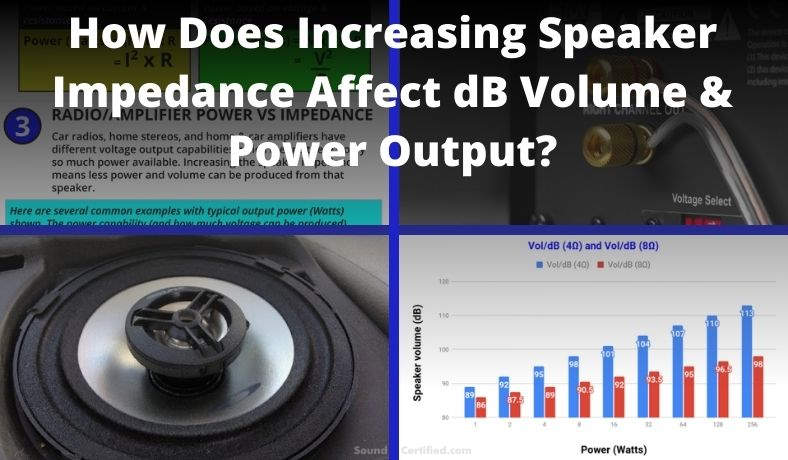Jon S.
Tele-Afflicted
From the SuperBlock US manual at page 4:
"Provides 25W into an 8-ohm speaker. 4 and 16 ohm speakers may be used, with slightly reduced power."
I understand why the power would be reduced using a 16 ohm load. But why the same at 4 ohms?
"Provides 25W into an 8-ohm speaker. 4 and 16 ohm speakers may be used, with slightly reduced power."
I understand why the power would be reduced using a 16 ohm load. But why the same at 4 ohms?

